I didn’t have much to do than roaming around Benaulim after breakfast. My lazy nerves were not so willing to ride long distance. After much consideration, I suggested my travel buddy about a visit to the Latin quarters of Fontainhas.
A short while after we started for Panjim, a sudden realization dawned upon us…. We were soon to run out of fuel. After asking around and much to our horror, we were 7 kms away from the nearest petrol station and with the amount of fuel we had, it would not have let us reach anywhere beyond one kilometer. How we managed to arrange for petrol and reach till the petrol station is a separate tale to tell altogether. For now, I mustn’t digress.
A distinct side of Goa beyond hippies, beaches and beer is its quintessential history and architecture. Fontainhas – the oldest Latin quarters reflect a perfect confluence of the old and the new worlds lending a unique character to this quaint neighborhood. Though positioned at the heart of bustling Panjim, it seems untouched by the din, dispelling the notion of an otherwise crammed and carousing Goa.
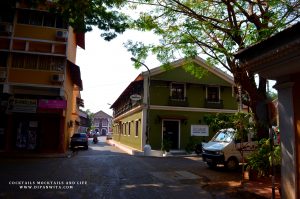
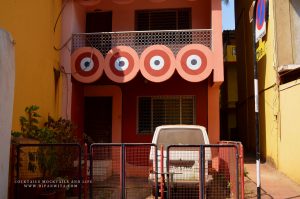
The settlement of Fontainhas was not considered as a residential quarter until mid to late 18th century when the outbreak of plagues between 1810- 1839 in Old Goa, the then capital of Portuguese administration, almost made survival impossible. The capital was shifted to Panjim and administrators were conferred with portions of lands located by the west of Altinho hill. The residential settlement was named Fontainhas, due to the presence of a natural spring by the bottom of the hill, the name derived from Portuguese word, “Fonte Phoenix” or “Fountain of Phoenix”. The Fountain of Phoenix is still present in Mala area, just before the Hanuman Temple.
As we walked down the erstwhile European bylanes, we were left in awe of the bright colored homes, few of which have now been converted into guest houses, boutique hotels or cafes. The buildings painted in bold colors of red, yellow, blue, green and purple was something that made the neighborhood more attractive. I just wondered how refreshing would it feel to take a walk around the area during monsoon. I made a mental note to return here once again during monsoon. There were quite a few guest houses to stay over too.
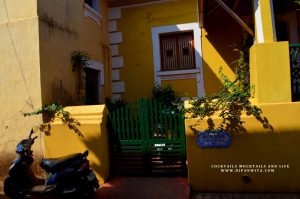

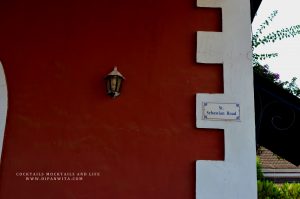
I was also intrigued about the names of the roads in the neighborhood. On inquiring with a local nearby, I learnt that the names of the roads bear significance to historical events. Like the 31st January Road or Rua 31 de Janeira, commemorates the Liberation of Portugal from Spain on 31st January, 1640. Whereas, the 18th June Road is named after the Civil Disobedience Movement launched by Dr. Ram Manohar Lohia and Dr. Juliao Menezes on 18th June, 1946 against the dictatorial regime of Salazar to gain back civil liberties for Goans. The movement eventually culminated in the liberation of Goa on 19th December, 1961.
We then moved forward towards the St. Sebastian chapel. It looked freshly white-washed and did manage to impart peace and serenity. The winding roads were quite confusing since we managed to end up at the same place even after taking different routes couple of times. The sightings were not disappointing though. A rusty vintage Chevy here, a black cat duo there… a closed door here, an open window there, a wishing well, a boutique hotel and number plates displayed on Azulejo (typical of Iberian architecture).
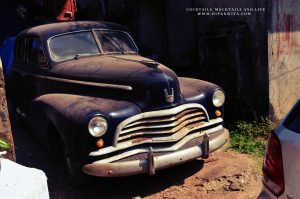
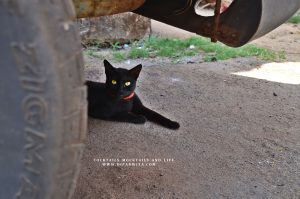
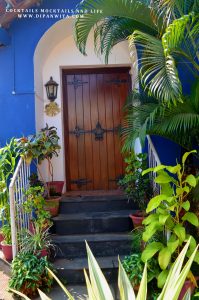
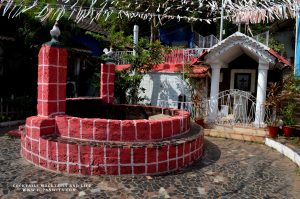
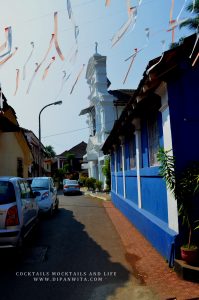
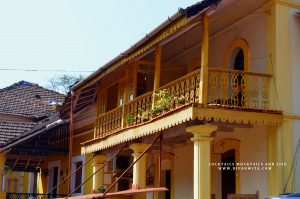
By now, we were famished and needed fuel for our stomachs badly. It was 10:30 and we could not see a single café or even a bakery open. We headed towards Café Viva Panjim on 31st January Road which was yet to open. We were told they would start only by 11:00. We were left with no option but to wait. But our wait was worth for we got to savor on some delicious home-made Goan delicacies at Linda’s Viva Panjim.
You may also experiment with your sweet tooth at Confeitaria 31 De Janeiro on 18th June Road that doles out some of the freshest pao (bread buns) and bebinca (traditional Goan layered cake). It is the oldest bakery of Fontainhas.

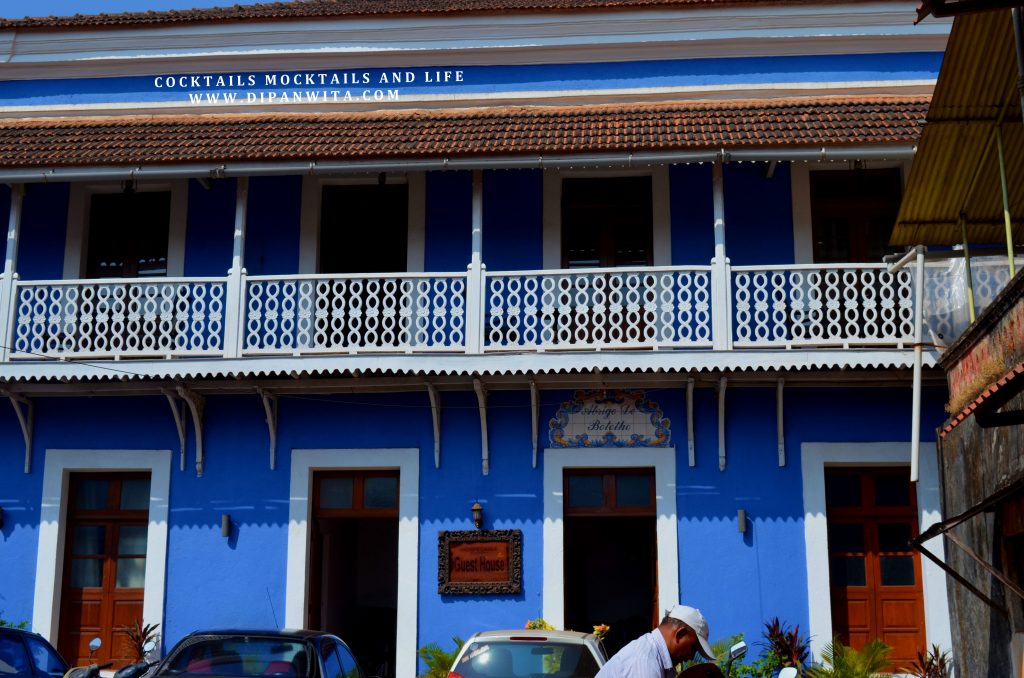


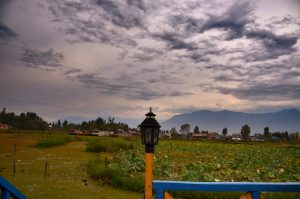
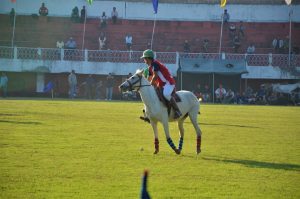
Reading this is like virtually walking on the bylanes in my mind….Wish to fly back to this piece of land which never ceases to amaze…Even if you have lived there for years …You feel it’s still as fresh as u can remember … Thanks for taking me there again …
One can never have enough of Goa. It is such a beautiful place. And spending time at leisure, doing nothing is the best part of travelling to Goa. I am sure you miss your backyard Samiksha. 🙂
Beautiful photographs and narration to bring out the ambiance of Fontainhas.
Thanks a lot Deepak ji 🙂
Nice story,it’s true, I love the houses in Goa more than the beaches
Yeah. The colorful houses are a set of attraction on their own. I love to roam around and keep staring at the houses that are beautifully done. Sounds creepy though 😀
Pingback: 4 Days, 9 Beaches, A Goan Affair – What We Did And What We Missed
We loved this post on Goa. We would also like to explore Goa in your style 🙂
Thanks a lot. I am glad to hear this from you guys. I deserve a pat on my back 😀
I have never been to Goa (I hope I go this year!), and all Iv’e ever read about it are its beaches and beer. Your post is a first for me in this regard, as it gave me a peek into an intriguing, often overlooked, aspect of Goa, which is the blend of Latin or Portuguese, and Indian architecture. I am an architect by profession, and I will make sure that I pay Goan architecture special attention when I go there. Thank you for the post. Have a great day!
Please do visit. Goa has everything to enjoy from beaches to beer to history and architecture. Fontainhas should certainly be on your list and yes, pls do make an attempt to visit couple of heritage homes too. I have named a few in my previous post (http://dipanwita.com/4-days-9-beaches-and-a-goan-affair-what-we-did-and-what-we-missed/) You might want to visit them as an architect than any usual tourist. 🙂
Goa captured the best way. Lovely shots darling and great info.!
Thanks a ton sweets 🙂
Slow travel is the best and Fontainhas for me was a such a dreamy place!!!
You have captured it really nicely.
I too like slow travel. Its best to live the bucket list rather than rushing to tick everything off it. Thanks a lot 🙂